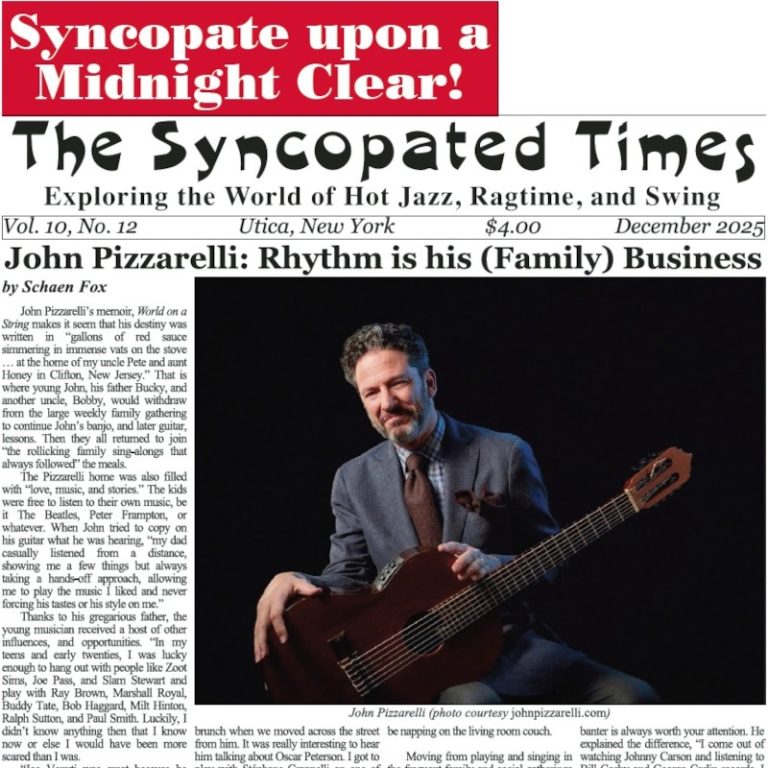Justin Kauflin
As a child, Justin Kauflin learned classical music on the violin and piano. By the age of 6, he was performing in concerts, nursing homes and weddings, eventually becoming concertmaster for several orchestras.
He graduated in the top 1% of his high school class and was Valedictorian of his class at the Governor’s School for the Arts. He received a Presidential scholarship to attend William Paterson University in New Jersey where he was mentored by the legendary trumpeter Clark Terry and was graduated summa cum laude. He began performing professionally at the age of 15 with the Jae Sinnett Trio and at 23, composed, performed and produced his first CD.
Pretty impressive resume for a 31-year-old who now travels the world as a Quincy Jones artist, performing solo, with his own trio/quartet, or as a sideman for various artists.
It’s even more impressive when you learn that Justin Kauflin battled deteriorating eyesight since he was seven months old, and by his 11th birthday had gone through 13 surgeries to treat complications from his condition. It was then that he lost total vision, and his world faded to black from exudative retinopathy, but his music proved to be his savior.
Overcoming Adversity
Justin led an active life growing up in Virginia Beach, Virginia in spite of his diminished eyesight. He insisted on going to a public school, and he loved to pla
You've read three articles this month! That makes you one of a rare breed, the true jazz fan!
The Syncopated Times is a monthly publication covering traditional jazz, ragtime and swing. We have the best historic content anywhere, and are the only American publication covering artists and bands currently playing Hot Jazz, Vintage Swing, or Ragtime. Our writers are legends themselves, paid to bring you the best coverage possible. Advertising will never be enough to keep these stories coming, we need your SUBSCRIPTION. Get unlimited access for $30 a year or $50 for two.
Not ready to pay for jazz yet? Register a Free Account for two weeks of unlimited access without nags or pop ups.
Already Registered? Log In
If you shouldn't be seeing this because you already logged in try refreshing the page.




